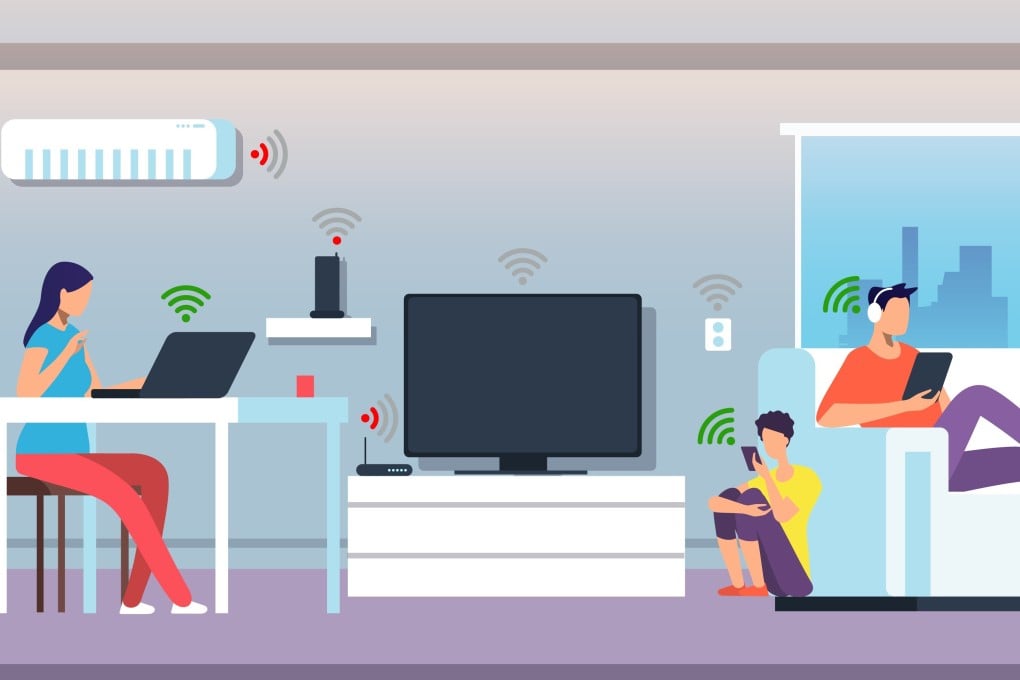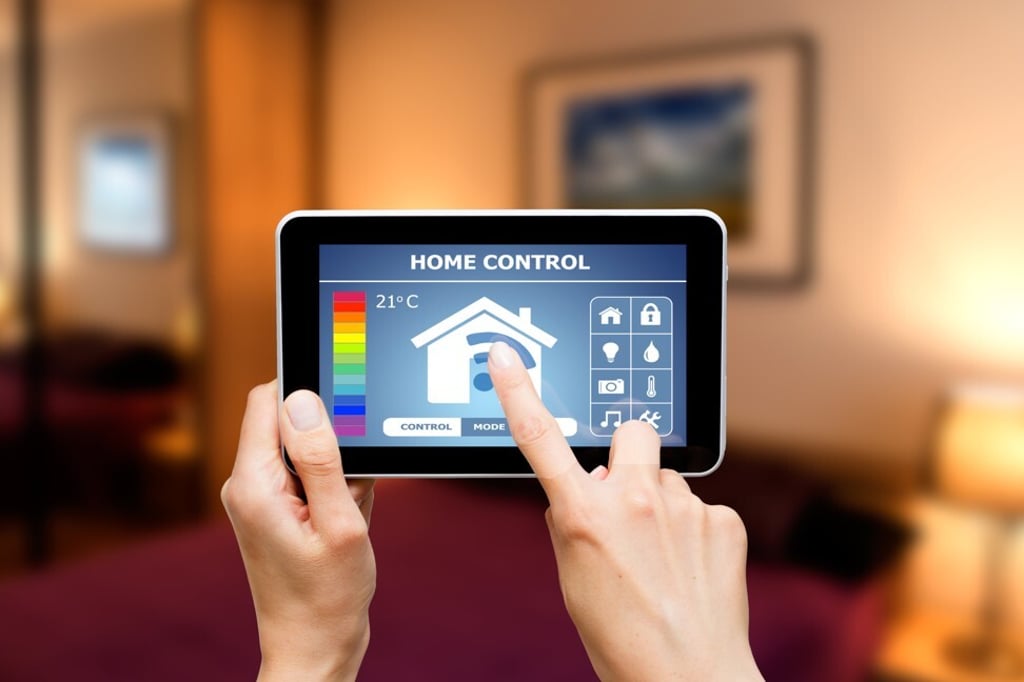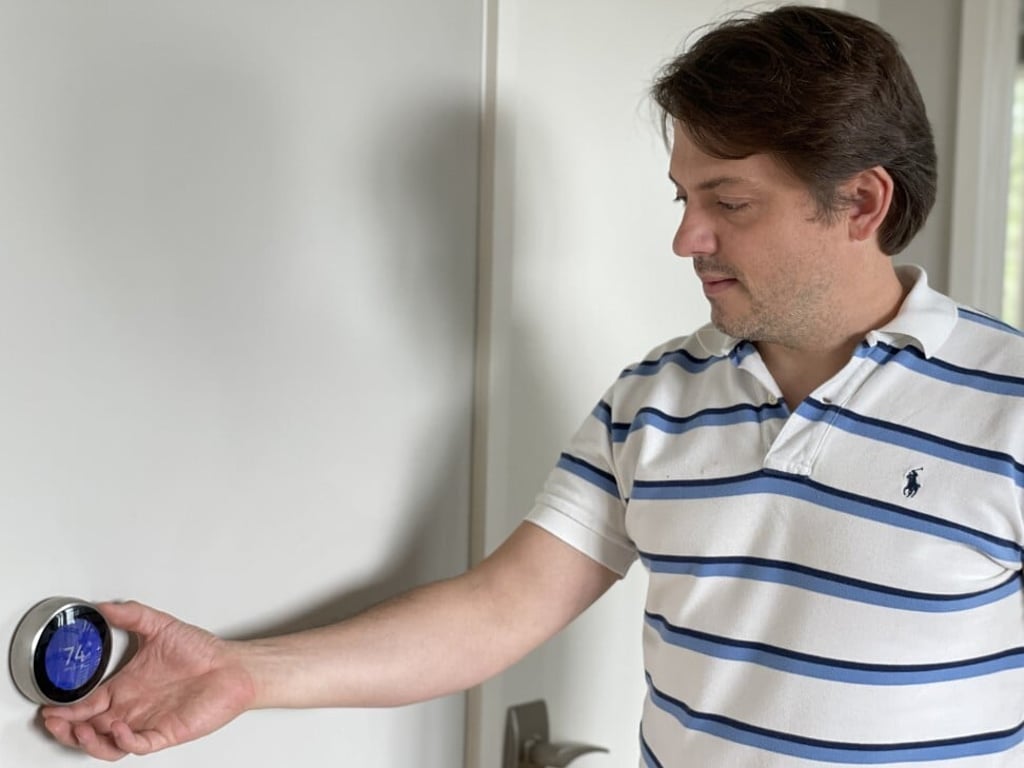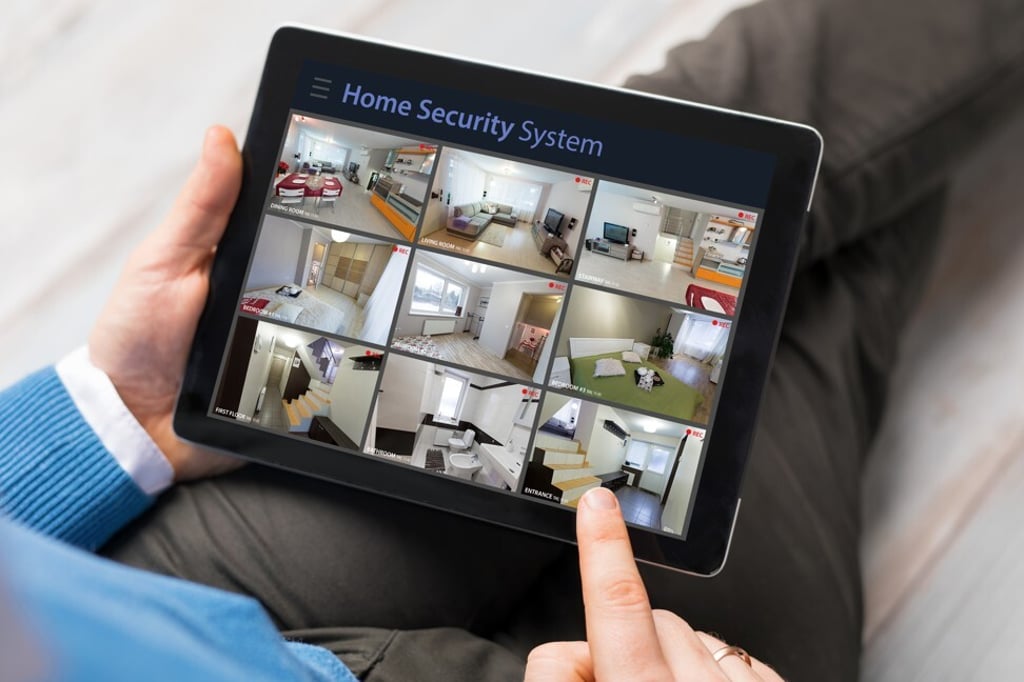How IoT will unlock smart living’s limitless possibilities that lie in our imagination
- Smart home industry – valued at US$826 million in 2019 – is expected to be worth US$3.28 billion by 2027
- Sharp growth in number of IoT appliances puts need for uninterrupted and reliable connectivity in limelight

As we enter the era of the Internet of Things – the network of everyday physical objects embedded with sensors, software, and other technology that can send and receive data from other computing devices over the internet – the global smart home industry is seeing exponential growth.
This market, which was valued at US$826 million in 2019, is expected to be worth US$3.28 billion by 2027, market research company Verified Market Research reported in June.
“IoT is about taking the existing products that are already there and making them better,” Daniel Cooley, chief technology officer at Silicon Labs, an American tech service provider, said.
“It’s about trying to make [the existing products] better, based on context, preferences and what you want to do with them.”
Technology helps spark smarter living
Intelligent refrigerators already keep an inventory of their contents and send out phone alerts when certain items are running low, while smart mirrors that keep stock of the clothes in your wardrobe, and make recommendations about what to wear when you are going out, are no longer a new concept.

However, since the Covid-19 pandemic forced people to spend much more time in their homes, there has been a huge surge in demand for using new technology in living spaces to improve their quality of life.
Sarah Housley, head of consumer technology at WGSN, a trend forecasting agency, said: “All of these technologies that were projected for the next decade are coming much faster than we anticipated as consumers are becoming much more comfortable using them, wanting to buy them, and looking to invest their money in them.”
Growing consumer interest in smart, voice-controlled household products led to sales of these items rising by almost 61 per cent last year compared with 2019, German market research company Growth from Knowledge reported in March.
It said the pandemic sparked a 41 per cent surge in demand in Europe last year for smart hygiene and health products, such as robot vacuum cleaners, personal diagnostics equipment and fitness trackers, compared with the year before, and a 71.5 per cent increase in purchases of smart cooking appliances, including a 48.2 rise in sales of intelligent built-in hobs.

The rapid evolution of IoT technologies will also lead to voice-controlled virtual assistants, such as Alexa, eventually becoming redundant once all smart household products are designed to communicate with one another.
In a more fully integrated smart home, when the lighting system’s motion sensor detects that no one is at home, it may “tell” the air-conditioning unit to switch off, or if the IoT network senses unusual movement, a security alert will be sent to your smartphone.
Greater need for reliable and secure connectivity
As IoT becomes increasingly integrated into our lives and people spend more time working from home, there will be greater focus placed on the reliability of wireless networks and issues such as cybersecurity.
Cooley said: “These [IoT] devices are always collecting data. The privacy issue is a real one here.”
The hacking of household data from IoT devices could lead to malicious attacks, he said. A thermostat that can detect occupancy status inside a house might be hacked by someone who wanted to break into the property, rather than simply accessing the residents’ private information, such as personal details and contacts, messages and even shopping habits.
“Even though we are starting to see the tech being used and adopted, the next challenge will be around privacy and trust,” Housley said. “Tech companies [need to devote] lots of work into designing products that customers feel they can trust.”

With IoT devices becoming more widespread and increasingly sophisticated, the stability and reliability of internet connections have become paramount. Connectivity failures can sometimes cause physical risks, such when a smart lock is left open, a home security alarm goes offline, or the thermostat controlling your home’s central heating stops working while you are away, leaving pipes to freeze in the winter.
These kinds of issues are constantly being discussed in online forums, such as Reddit and Tom’s Hardware, with users complaining about connection problems leading to the malfunctioning of security cameras, thermostats, and other home smart devices. Up to 83 per cent of IoT manufacturers raised concerns about the impact that system or network failures can have on their products in global consultancy Marsh & McLennan’s 2018 report, titled “Internet of Things: Limitless Connections – and Ways to Fail”.
For people who want to build up well-functioning home offices, the “coverage, stability, and capacity” of their internet connections are of particular concern, Simon Long, director of workspace technology at CBRE, an American property services company, said.
There have been times when Long has had to come up with Wi-fi designs for traders who demanded strong coverage – even in their bathrooms – because they could not afford to lose their internet connection, even for a second.
“It’s gone from ‘How quickly can I download Netflix?’ to ‘Can I sit in the bedroom with my laptop and have a stable video call that doesn’t get cut out every minute?’,” Long said. “This is a very different internet coverage model.”

The Covid-19 pandemic has caused a surge in online activity, which is likely to be because of the increased use of virtual meeting tools and a sharp increase in e-commerce sales. Nicholas Bloom, an American economist at Stanford Institute for Economic Policy Research, said in June last year that his study, titled “How Working from Home Works Out”, showed the “US economy is now a working-from-home economy”, with 42 per cent of American workers polled working from home full time.
“Working from home will be very much a part of our post-Covid economy,” he said, adding that policymakers should ensure broadband service is expanded so that more workers can do their jobs away from a traditional office in the future.
The trend towards more people working from home around the world has led to other countries acknowledging the need to increase bandwidth connectivity.
In South Korea, internet traffic rose by 13 per cent in March last year compared with January that year. British telecommunications company BT reported a 35 per cent to 60 per cent increase in weekday daytime traffic early in March last year compared with previous weeks, while Spain’s telephone operator, Telefonica, reported an almost 40 per cent rise in bandwidth demand and a 50 per cent rise in mobile data traffic in the first weeks of the nation’s lockdown last year.
Navigating the superhighway
“IoT consumers don’t care what network they are on,” said Victor Xu, chief sales officer at uCloudlink, a wireless service provider, which has its headquarters in Hong Kong. “They just want a fast, stable, and reliable internet [connection] at an affordable price.”
One of uCloudlink’s leading products, HyperConn, allows users to switch smoothly between available networks – including 4G and 5G mobile signals and fixed broadband coverage – without any disruption. It connects to a host of devices with a family router and allocates a proper amount of internet resources to each device by analysing IoT activities.

To help smart living in the home, HyperConn can be integrated seamlessly and play a key role in home entertainment, online education and remote work. In addition to keeping stationary IoT household appliances fully connected at all times, it can also help households balance internet usage between the needs of family members, such as parents and children, Xu said. As the post-pandemic “new normal” has shifted everything online, there can often be “fights” for the best Wi-fi signal at home as they take part in online meetings and remote classes.
As users move around the home with their connected devices, the artificial intelligence-enabled technology will determine the best routing strategy for each of them by switching to the best performing network at a particular location at a given time, making sure that all the available signals are fully used.
When installed on mobile devices, HyperConn strengthens communications between homes and the homeowners by providing uninterrupted internet connections, Xu said. When users are out running errands, it will keep detecting all available internet signals in the changing surroundings and allow them to remotely control household IoT devices without interruption, which is especially important for things such as home security.

As a tech executive, Xu is no stranger to cutting-edge smart devices. He wears a pair of smart glasses with a Bluetooth function to connect him to all of his smart home devices, which can act like headphones with a simple tap on the frame with his finger.
He believes IoT will have unlimited potential in the smart homes of the future and imagines that one day almost all household appliances will be intelligent enough to truly understand humans. They will be able to take care of our health, like a doctor, when we are at home, enrich our entertainment experiences, with a holographic stage appearing in front of us after no more than a simple voice command, and work and communicate with us just like our peers.
“In the foreseeable future, we can achieve all of these,” Xu said.